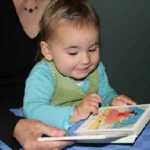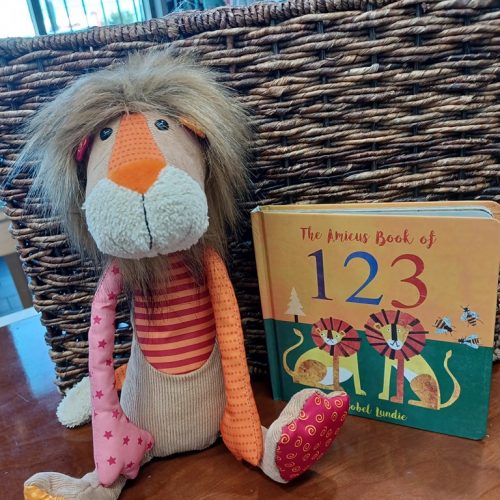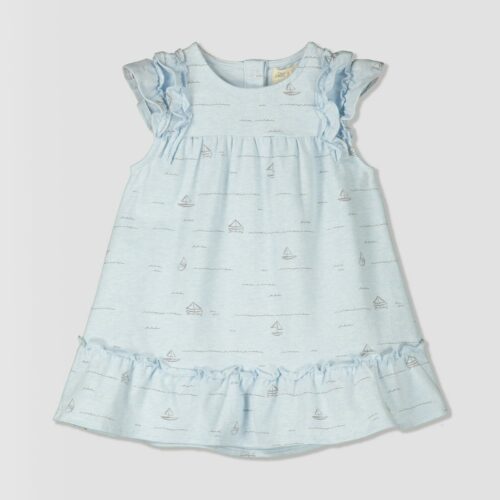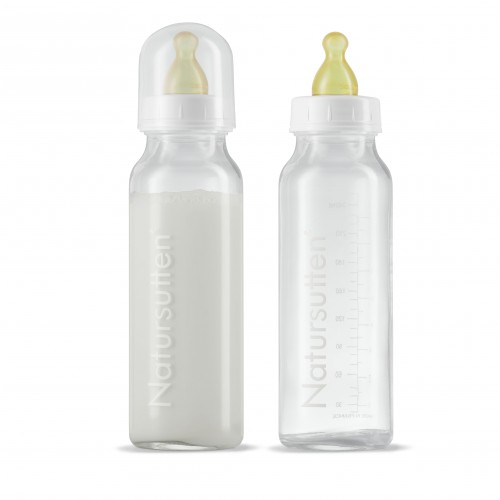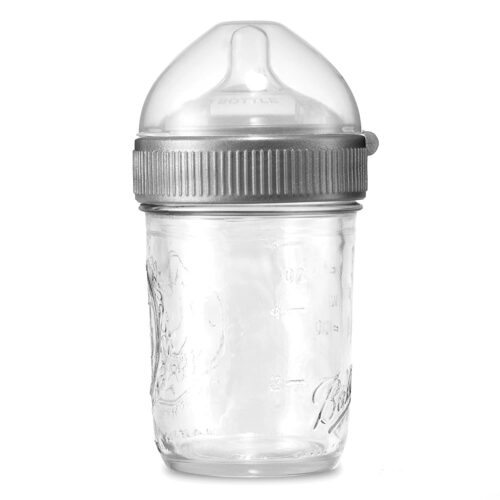1 I don’t need to talk to her, because she can’t talk back – listening to every word you say – and her brain is rapidly growing. Connections within the brain, also called synapses, ultimately shape how your child learns, thinks and grows – and they start forming at birth. So go ahead – start chatting about your day, count those tiny toes, read a book or recite the alphabet –
Myth #2: “Playing is just for kids.” Reality: When it comes to learning and stimulation, adults need to be part of the fun. When you set your little one down on a blanket or mat for tummy time, get down to his or her level and “play” together, one-on-one, face-to-face, by singing songs and pointing out shapes and colors of objects in the room. Young babies are fascinated by faces and are actually watching you pronounce words through your mouth movements, preparing them for speech.
Myth #3: “Brain development is a genetic thing. I have no control over it.” Reality: It’s those daily experiences that will determine how your baby’s brain cells will form and connect to one another. Lacking simple yet important early experiences –things like being spoken to, read to, and sung to early and often – will most certainly play a role in the development of connections in your child’s brain. In fact, studies have shown that babies who experience more of these types of interactions ultimately possess larger vocabularies, do better in school, are more likely to graduate high school and even have a more financially successful future. The impact is huge, and the power lies in your hands – not in their genes.
Myth #4 Real learning starts when my child begins preschool.” Reality: Even though preschool and kindergarten are traditionally seen as the start of a child’s “formal” education, you are his or her first – and most important – teacher. But luckily, you don’t need a lesson plan – every game of peek-a-boo, as simple as it sounds, can be a learning moment. Books are one of the most effective tools, even from infancy. And studies have shown that encouraging a child’s comments and responses during story time can actually accelerate a two-year-old’s language development by up to nine months.
Myth #5: “If you want a smart baby, you need to buy brainy toys, videos, flash cards and Mozart CDs.” Reality: There’s no evidence that pricy, “educational” toys make a difference in brain development – in fact they can often overstimulate, which won’t make your child any smarter. While it’s great to have a variety of interesting, colorful playthings at home, the very best “toys” for your baby are you – and your voice. Talking, reading and singing to your baby are the most impactful activities you can do with your child, and they don’t cost a thing – or take up any space in the toy box. Put your baby in a sling or stroller and take a walk, pointing out squirrels or buses and trucks along the way. Sort laundry colors and make shapes out of folding towels. Clang kitchen utensils together to make “music” and sing a song as you set the table for dinner. The opportunities are easy… and endless.

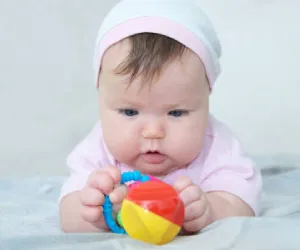
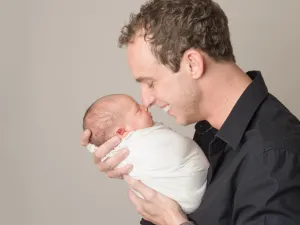

![baby reading[146]](https://www.barefootbabyboutique.com/wp-content/uploads/2023/04/baby-reading146.jpg)

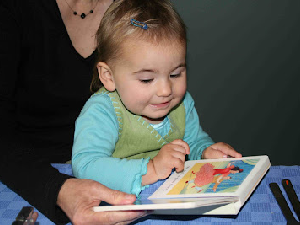

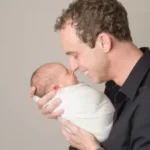
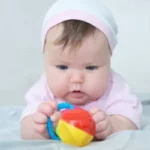
![baby reading[146]](https://www.barefootbabyboutique.com/wp-content/uploads/2023/04/baby-reading146-150x150.jpg)
